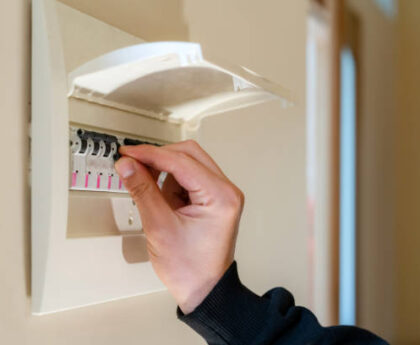Water leakage is a common issue that homeowners face, especially during the rainy season. It can lead to various problems such as mold growth, damaged walls, and weakened foundations. Many solutions claim to tackle this problem, but one intriguing option that often comes up is white cement. In this article, we will explore the effectiveness of white cement in stopping water leakage and discuss its application methods.
Understanding the Basics of White Cement
White cement, similar to its gray counterpart, is a versatile binding material. The primary difference lies in its color, which is achieved by using raw materials low in iron and manganese. Its unique properties make it an ideal choice for specific applications, including waterproofing.
How Does White Cement Work to Prevent Water Leakage?
White cement forms a strong, dense structure when mixed with water, creating an effective barrier against water penetration. Its ability to adhere well to surfaces makes it suitable for sealing cracks and gaps where water might seep through.
Factors Influencing the Effectiveness of White Cement
- Surface Preparation: Proper cleaning and preparation of the surface are crucial for white cement to adhere effectively.
- Mixing Ratio: The right proportion of white cement to water ensures a dense mixture, enhancing its waterproofing properties.
- Application Technique: Applying white cement in thin layers allows it to penetrate the surface and create a robust seal.
Steps to Apply White Cement for Waterproofing
- Surface Preparation: Clean the surface thoroughly, removing any dirt, dust, or loose particles.
- Priming: Apply a coat of primer to enhance the bonding between the surface and the white cement.
- Mixing: Mix white cement with water in the recommended ratio until a lump-free paste is formed.
- Application: Use a brush or trowel to apply the white cement evenly on the surface, focusing on cracks and joints.
- Curing: Allow the applied white cement to cure properly, ensuring a strong waterproof seal.
Advantages of Using White Cement for Waterproofing
- Durability: White cement provides long-lasting waterproofing solutions, ensuring the protection of structures over time.
- Aesthetic Appeal: Its white color gives a clean and aesthetically pleasing finish, making it suitable for visible surfaces.
- Versatility: White cement can be used on various surfaces, including concrete, brick, and stone.
Conclusion
In conclusion, white cement can indeed stop water leakage when applied correctly. Its unique properties, coupled with proper application techniques, make it an effective solution for waterproofing needs. By understanding the basics of white cement and following the recommended steps, homeowners can safeguard their properties from water damage effectively.
Frequently Asked Questions (FAQs)
Is white cement suitable for all types of surfaces?
Yes, white cement can be applied to various surfaces like concrete, brick, and stone, making it a versatile option for waterproofing.
Can white cement be used for both interior and exterior waterproofing?
Absolutely. White cement is suitable for both interior and exterior waterproofing applications, providing comprehensive protection against water leakage.
Is professional assistance necessary for applying white cement for waterproofing?
While DIY application is possible, consulting a professional ensures proper surface preparation and application, maximizing the effectiveness of white cement.
How long does it take for white cement to cure completely?
The curing time for white cement depends on factors like temperature and humidity. On average, it takes about 7 to 14 days to cure fully and form a robust waterproof seal.
Can white cement be painted over after application?
Yes, once the white cement has cured completely, it can be painted over to match the desired aesthetic of the surface.




